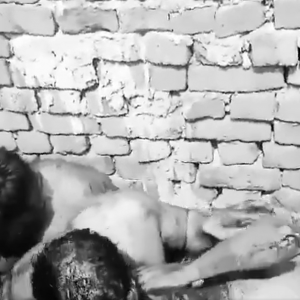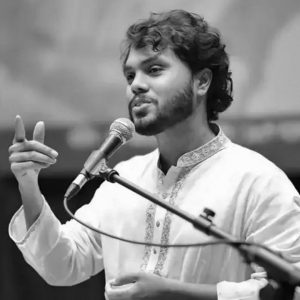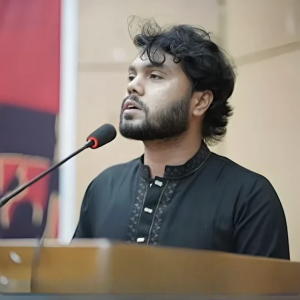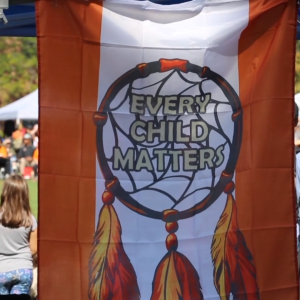Demand for balls made from cow hides exceeds supply in BJP’s India
Meerut, India – AFP
It’s curious paradox. In Hindutva-inspired, BJP-led India where Muslims have been lynched on mere suspicion of slaughtering cows, the demand for cricket balls made using the animal’s hides far exceeds supply.
Leatherworker Bunty Sagar’s labours are frowned upon by many fellow Indians even if he makes their favourite pastime possible.
In a nation where the majority Hindu faith views cows as sacred, Sagar handles their hides for long hours.
The work is tedious and repetitive, and its profitability has been threatened by the cow protection campaigns of Hindu activists seeking to end cattle slaughter.
Sagar had hoped study would lead him along a path to a different career but is resigned to his work after the early death of his father — also a lifelong leatherworker — left him the sole breadwinner.
“I don’t feel anything negative about the job I do,” the 32-year-old Hindu told AFP, sweating in a small and stifling production room alongside half a dozen others, moulding leather to the ball’s solid cork centre.
“If I were to feel bad about my job, what would we eat?”
Nearly all of India’s cricket balls are painstakingly made by hand in Sagar’s hometown of Meerut, a short drive from the capital New Delhi.
“It is the workforce that brings the ball-making process to a beautiful conclusion,” factory owner Bhupender Singh told AFP.
– ‘Like a god’ –
That labour has traditionally been the realm of those who belong to the Jatav community, which sits at the bottom of the millennia-old caste hierarchy that divides Hindus by function and social standing.
Jatavs are a sizeable number of India’s 200-million-strong Dalit castes once subject to the discriminatory practice of “untouchability”.
The custom was outlawed in 1950 by the author of India’s constitution, B.R. Ambedkar, a lawyer who championed the rights of fellow Dalits.
Pictures of the bespectacled Ambedkar adorn the otherwise bare walls of Meerut’s cricket factories, in reverence for a man Sagar says he treats “like a god”.
Caste remains a crucial determinant of one’s station in life at birth: less than six percent of Indians married outside their caste, according to the country’s most recent census in 2011.
But policies to guarantee places for Dalits in government jobs and higher education have brought some social mobility.
With more opportunities, few cricket ball-makers want their children to follow them into the trade.
Meerut’s high unemployment rate has meanwhile forced others from higher castes to stomach any objections to what they would have once considered “unclean” labour.
“In Meerut, Scheduled Caste individuals are involved in the work (ball-making). The Jatav community is associated with this trade, but now Brahmins, Gujjars, Jats, and people from various backgrounds are also engaged in it,” says Singh. “People are in need of income and are willing to work, especially since job opportunities are limited in this area. So people from diverse communities are actively participating in this industry.”
– Red lines –
Meerut has been the principal hub for Indian sports goods since soon after independence from British colonial rule in 1947.
Back then, skilled leatherworkers fled the city of Sialkot in modern-day Pakistan during the deadly partition of the subcontinent along religious lines.
Singh’s business was established by his grandfather and he had hoped to expand its operations, but India’s political climate has made life tough for the industry.
Since the election of Prime Minister Narendra Modi’s government in 2014, Hindu activists have sought to disrupt and outlaw cattle slaughter, a business dominated by India’s Muslim minority.
Their campaigns have occasionally seen deadly consequences, with Muslims suspected of involvement in the trade lynched by frenzied mobs, including in Meerut.
It has also led to supply issues that saw Singh’s costs for tanned leather jump 50 percent last year, and prompted others to seek a greater share of alternative sourcing from buffalo and bull hides.
Ashish Matta, the owner of a wholesaler of a sports goods materials business in Meerut, was at pains to insist to AFP that the leather he dealt in did not come from cows.
But he also said the widespread use of leather made a mockery of taboos around its production.
“Leather is used to make various products — shoes, belts, bags, purses, and even cricket balls,” he said. “So I don’t think there is any issue.”










